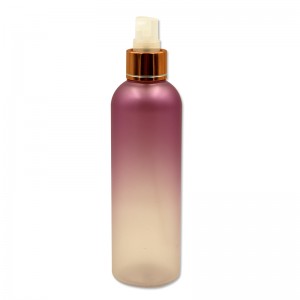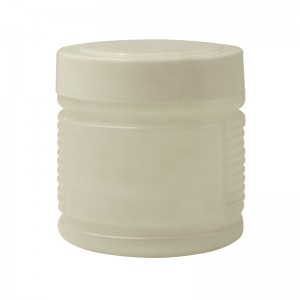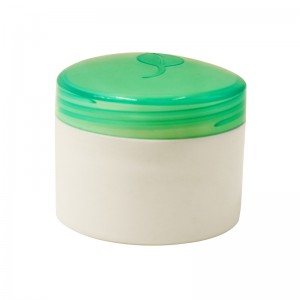
Introduction
Is there water on the moon? Yes, it has! There is an important scientific research news these two days - Chinese scientists have found molecular water in lunar soil samples brought back by Chang 'e-5.
What is molecular water? This is H₂O in a middle school chemistry textbook, and it is also the molecular formula of the water we drink in daily life.
Water previously found on the moon ≠ water molecules
Some people say, didn't we already know there was water on the moon?
That's true, but Jin Shifeng, an associate researcher at the Institute of Physics at the Chinese Academy of Sciences, explains: "Water in geology is very different from water in our daily lives. geology regards both OH and H₂O as water; for example, if NaOH is found, it also regards water as water."
Moreover, the water found on the moon is found by remote sensing and ground samples.
The water in the lunar soil said before is basically this trace of hydroxyl "water", not the water molecules in our daily life.Molecular water, H₂O, is the water of our daily lives.
“On the lunar surface, due to high temperatures and the vacuum environment, liquid water cannot exist. So, what has been discovered this time is crystalline water. This means that water molecules have combined with other ions to form crystals.


How water forms on the moon
crystalline water is common on Earth, such as the common gall alum (CuSO₄·5H₂O), which contains crystalline water. But this is the first time crystal water has been found on the Moon.
This aqueous crystal found in the lunar soil. The molecular form was ₄ NH MgCl3·6H₂O. If you're in high school chemistry, you'll see by calculation that the water content in the crystal is ₄ a lot. It's almost 41%.
"These are real water molecules that, when slightly heated in the vacuum of the moon, at an estimated 70 degrees Celsius, can release water vapor." Miss Jin said. Of course, if it is on the ground, it is estimated that it must be heated to 100 degrees because of the air.
“This is a real water molecule. When slightly heated under the vacuum conditions on the moon, it is estimated that water vapor can be released at around 70 C,” said Jin. “Of course, if it were on Earth, with the presence of air, it would likely need to be heated to 100 C.”
Next step: Study volcanoes!
While signs of life on the moon still remains as a disputable topic, the presence of water is crucial for lunar evolution studies and resource development. Around 1970, the absence of water-bearing minerals in lunar soil samples from the Apollo missions led to the basic assumption in lunar science that the moon was devoid of water.
The research in this study used lunar soil samples collected by the Chang'e 5 mission. In 2020, China's first unmanned lunar sample return mission, the Chang'e 5 probe, collected basaltic lunar regolith samples from a high-latitude region of the moon, dating back to approximately 2 billion years ago, offering new opportunities for the study of lunar water.

Post time: Jul-29-2024

